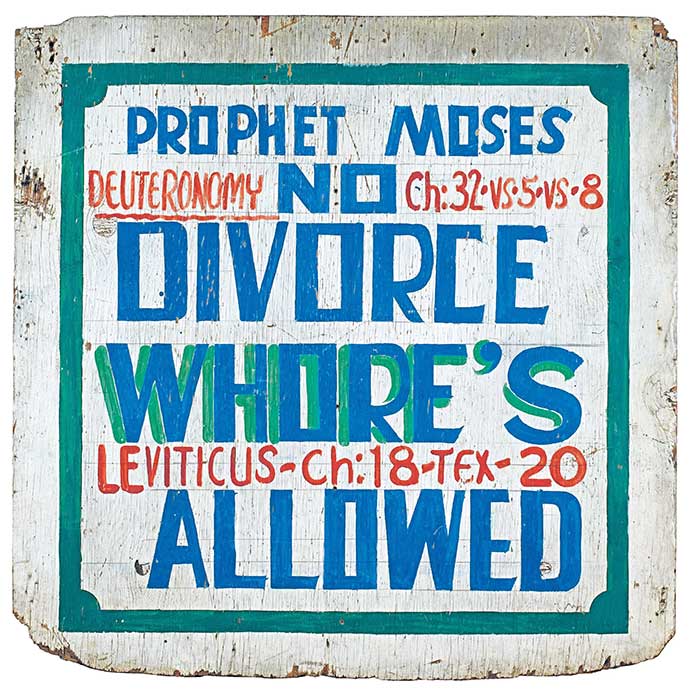-

hanaa
-It’s not everyday that an Arab woman is chosen by a major cosmetics brand as its global spokesperson…
The Stimuleye presents “Hanaa”, a film by Antoine Asseraf & René Habermacher, starring Tunisian model Hanaa Ben Abdesslem, spokesperson for Lancôme.
Antoine Asseraf: Where are you from, and how were you discovered ?
Hanaa Ben Abdesslem: I was raised in a town on the sea coast of Tunisia named Nabeul.
I dreamed of becoming a model since I was very young.In 2009, I participated in a reality TV show for models in Lebanon. There I met Sophie GalaI, who would become my manager, and in 2010 she presented me to IMG Paris, who in turn presented me to Carine Roitfeld, at the time Editor-in-Chief of Vogue Paris.
Through her introduction to Ricardo Tisci , I was chosen as a Givenchy fashion show exclusive that same season.
AA: You’re becoming an icon representing the “middle-eastern woman” in the fashion world and beyond,
but which people are icons to you ? Can you tell us a bit about your relationship with Farida Khelfa ?My icons are the Tunisian women in the fashion industry, whom I admire and whose accomplishments I respect, such as Liela Menshari, Hermes window designer — she received the Golden Dido Award for her contribution to Tunisian culture and influences in world, and Afef Jenifen, who fought for Arab women’s freedom of choice and continues to defend their rights.
Farida is a great support and she always has good advice, such as “stay true to yourself.”
HANAA
a film by Antoine Asseraf & René Habermacher
starring Hanaa Ben Abdesslem
styling Yoko Miyake
hair Nicolas Eldin
make up Tracey Gray Mann
production by Clast
postproduction by The Stimuleye
text by Omar Khayyam
sound by Gnawa Diffusion
thanks Sophie GallalLook 1: Dolce & Gabbana
Look 2: Jil Sander by Raf Simons
Look 3: Chloé
Look 4: Stella McCartney10 -

the museum of everything
-Art. What is it ? Where does it start, and where does it end ?
In today’s contemporary art “market”, it seems no one bothers asking the question anymore.
Art, as it would appear, is whatever is made by a self-claimed artist, whatever is recognized by the market.Enter The Museum of Everything.
Premiering in Paris at the new Saint-Germain location Chalet Society after several exhibits in London, this groundbreaking, sprawling, multi-level and multi-layered show changes the game.Forget the market.
For founder James Brett, it’s about special things, made by special people, people who haven’t gone to art school or thought of showing their work, much less of selling it.Antoine Asseraf: What started you on The Museum of Everything project ?
James Brett: I don’t come from a particularly artistic family and my parents never taught me what creativity meant – but as a child I had a lot of it and it always got in the way.And so I worked in different industries and was working in film, and I remember meeting a very interesting photographer, the late Bob Richardson. He was the father of Terry Richardson. Terry’s a terrible photographer (sorry!) but Bob was a genius. He was the first person who really told me that “You don’t choose it, it chooses you”.
In the same way, I can’t really tell you why I started The Museum of Everything. I didn’t set out to do it, I wasn’t interested in art, exhibitions, nothing. But I was working in film and I know film very well, I studied acting, so I’m creatively interested. And in my travels I started to see artworks, first of all by people in the American South, that was just cool and graphic. I always liked graphic novel and comics as a child – and as an adult frankly – and they started speaking to me.
The artworks were cheap, really like 20-25 bucks, and the more I looked the more I found. I started finding better examples, and realized there was a whole history in America of folk art, African-American art and self-taught art which seemed to come from the individual, it didn’t have the pretension or the words of formally-trained artists, and it was immediate. As a film-maker I loved that, because I’m not really interested in what you are or what you say, I’m interested in the stuff, in what you do.
As I continued I saw there were some other areas that had a great psychological depth. For example, the work of Henry Darger. I discovered there was a word for it, Art Brut, of which Dubuffet was the proponent. And that also interested me because in my youth, I was fascinated by the mind, how the mind works, and why we make the choices we do, all of this sort of existential philosophy of life.
Prophet Royal Robertson untitled (NO DIVORCE WHORE's ALLOWED), c 1980 © The Museum of Everything

